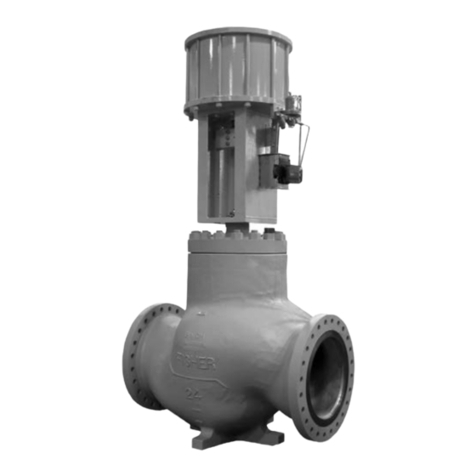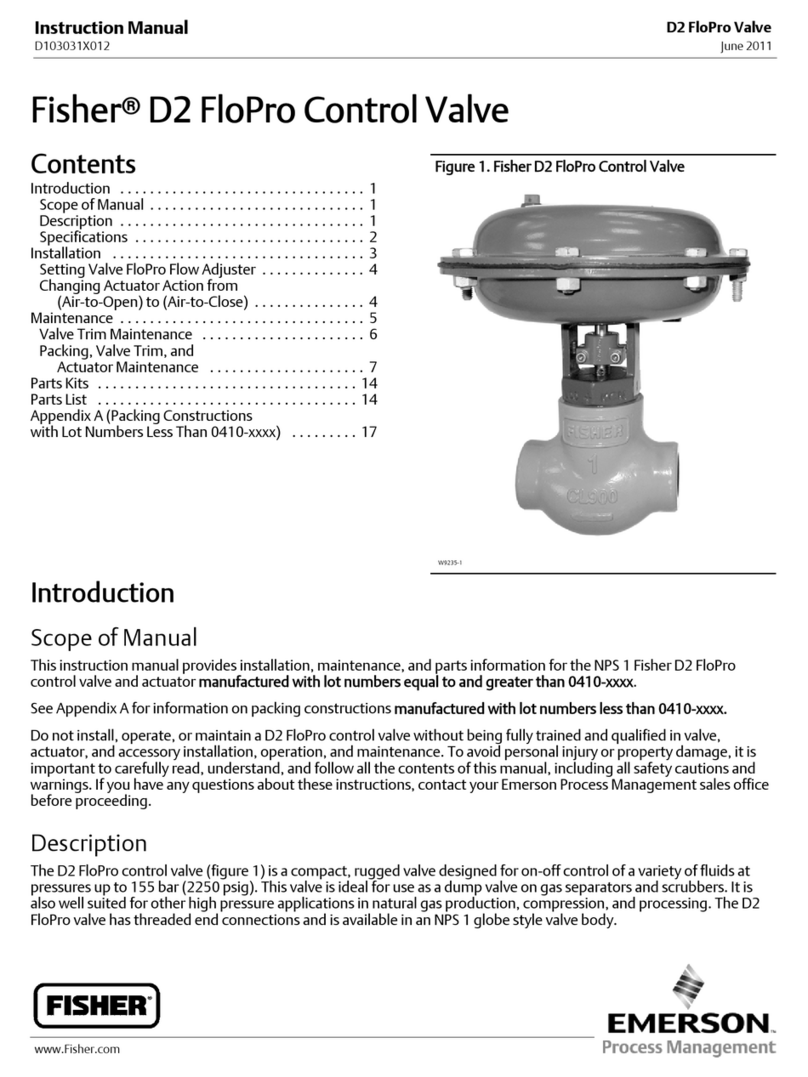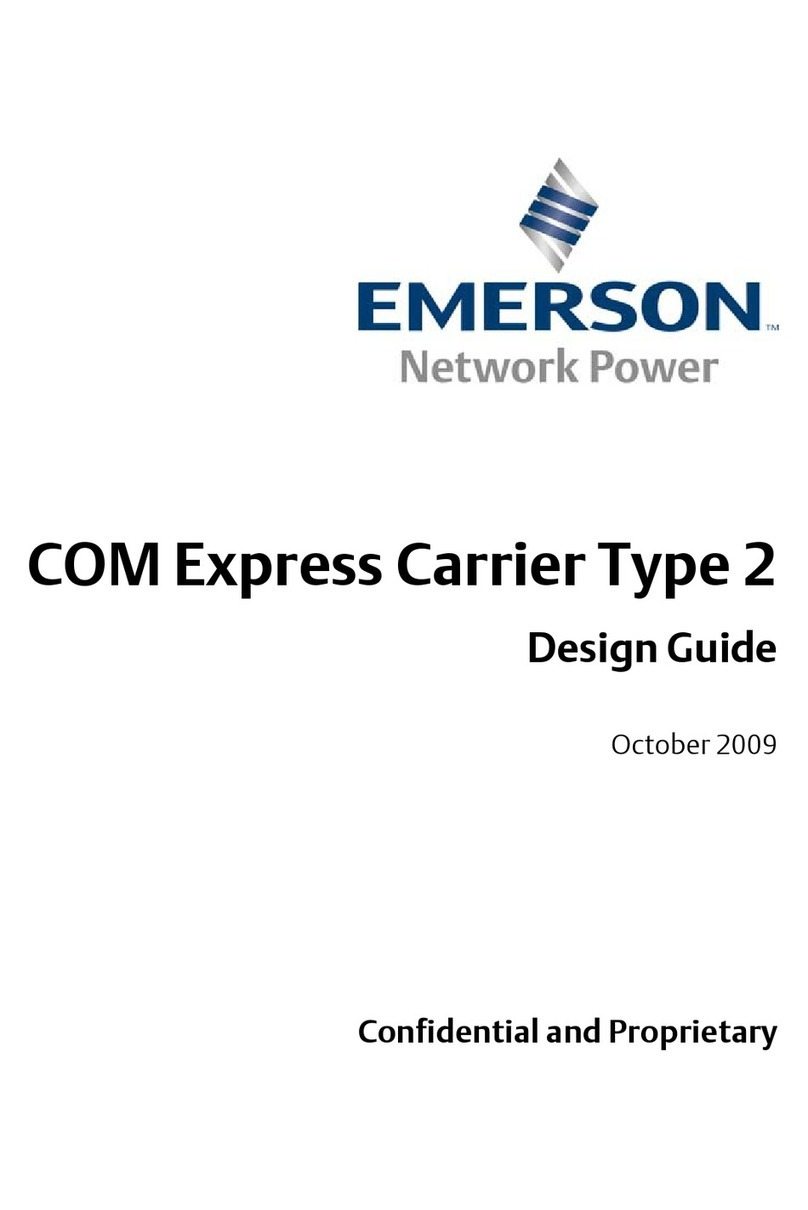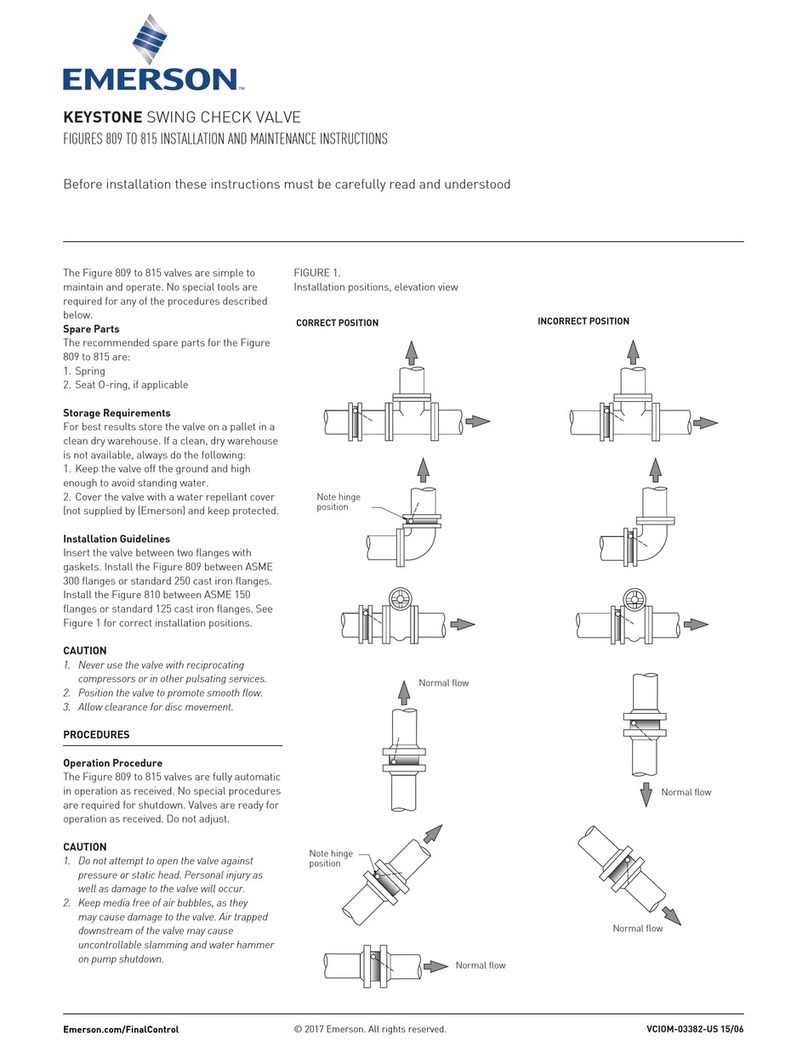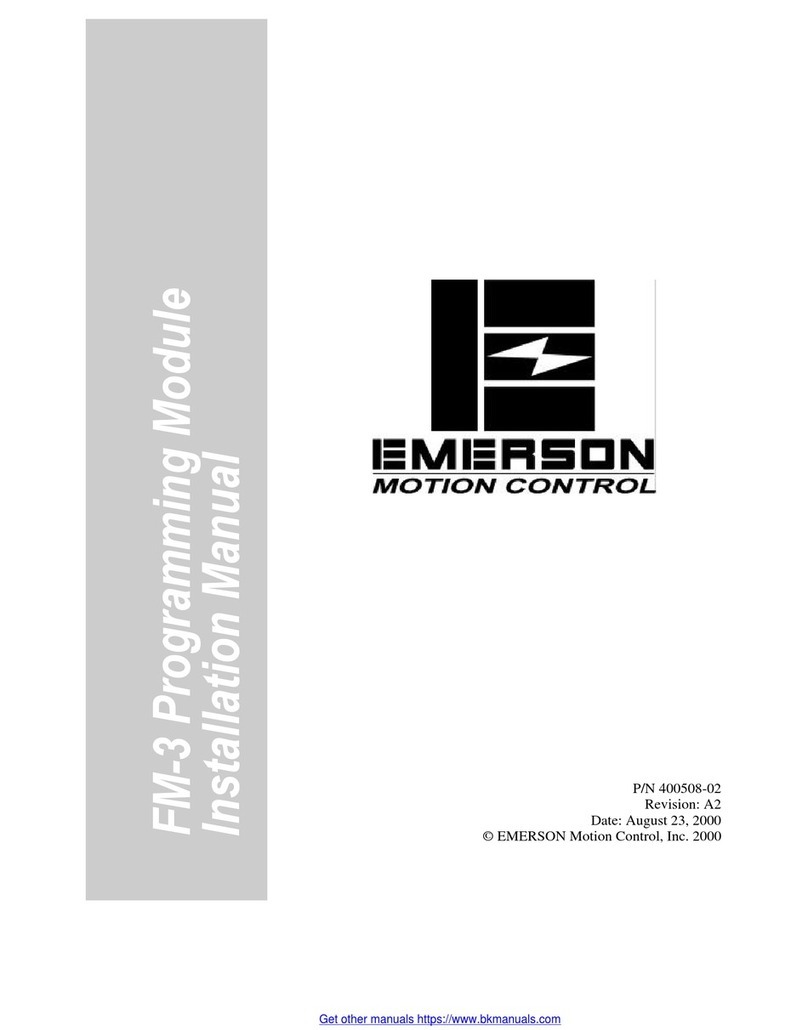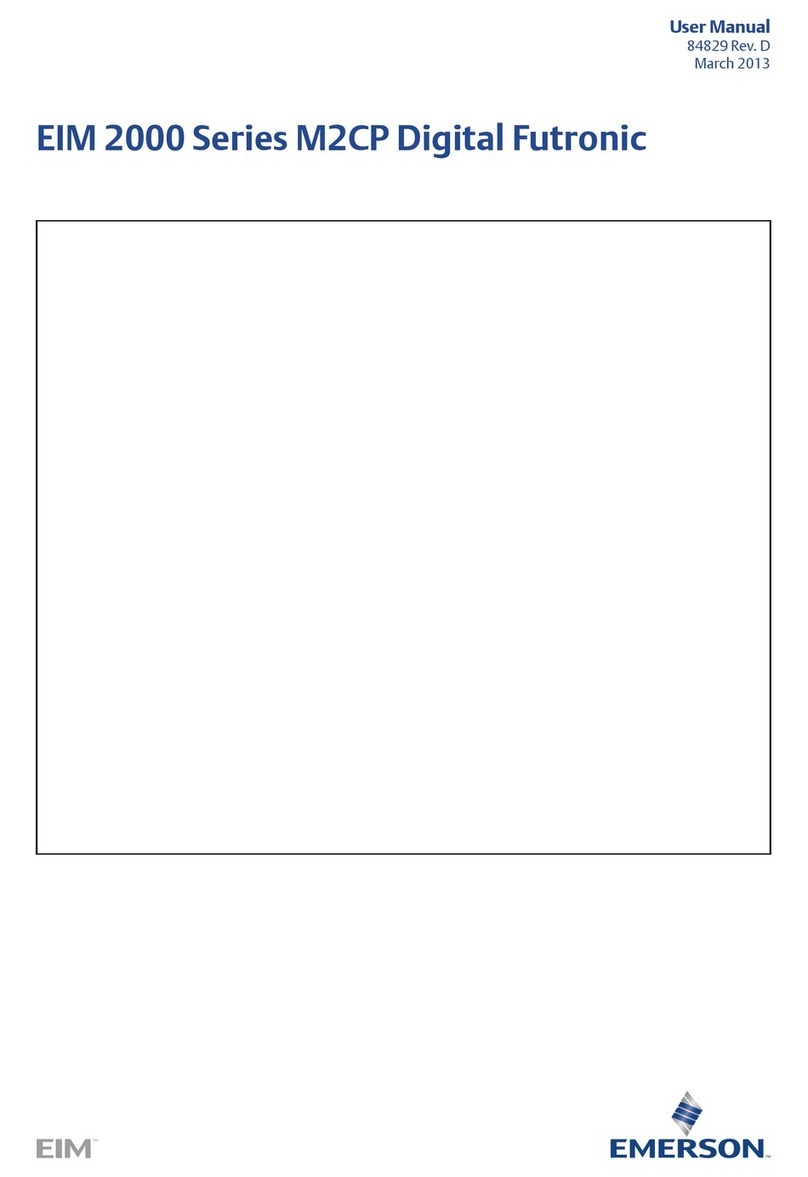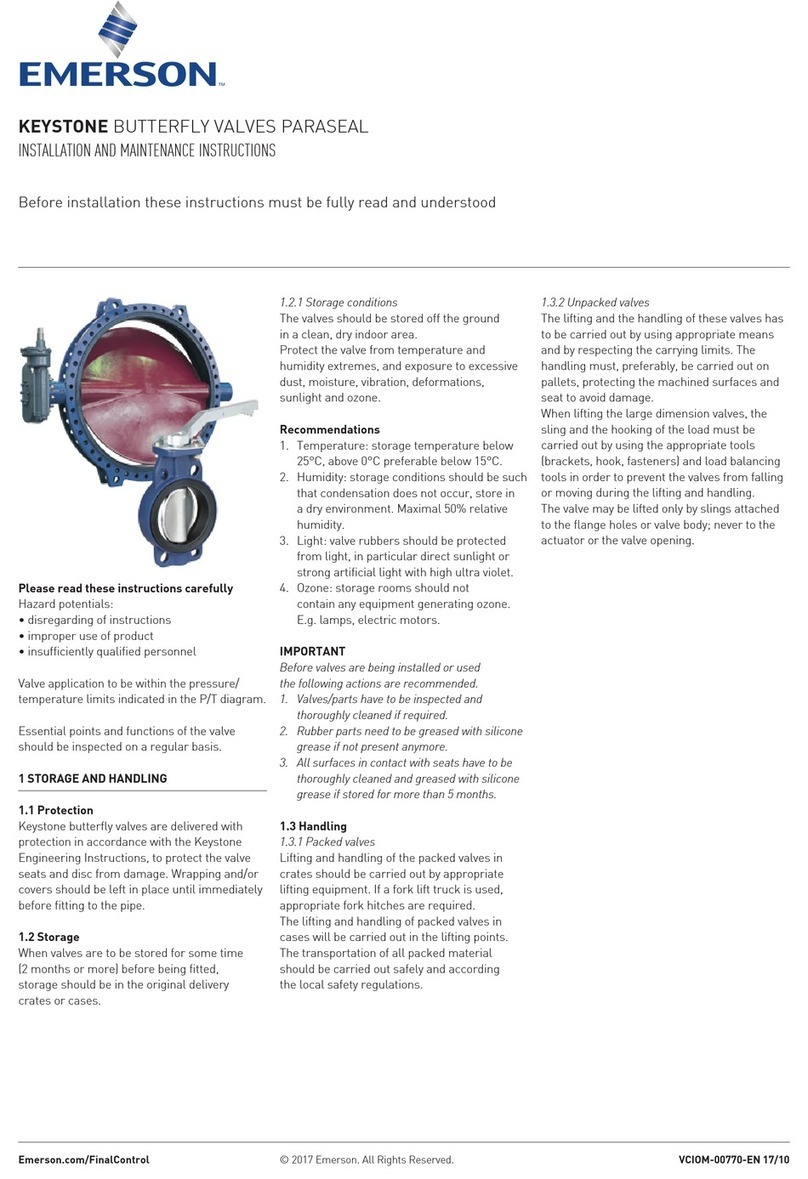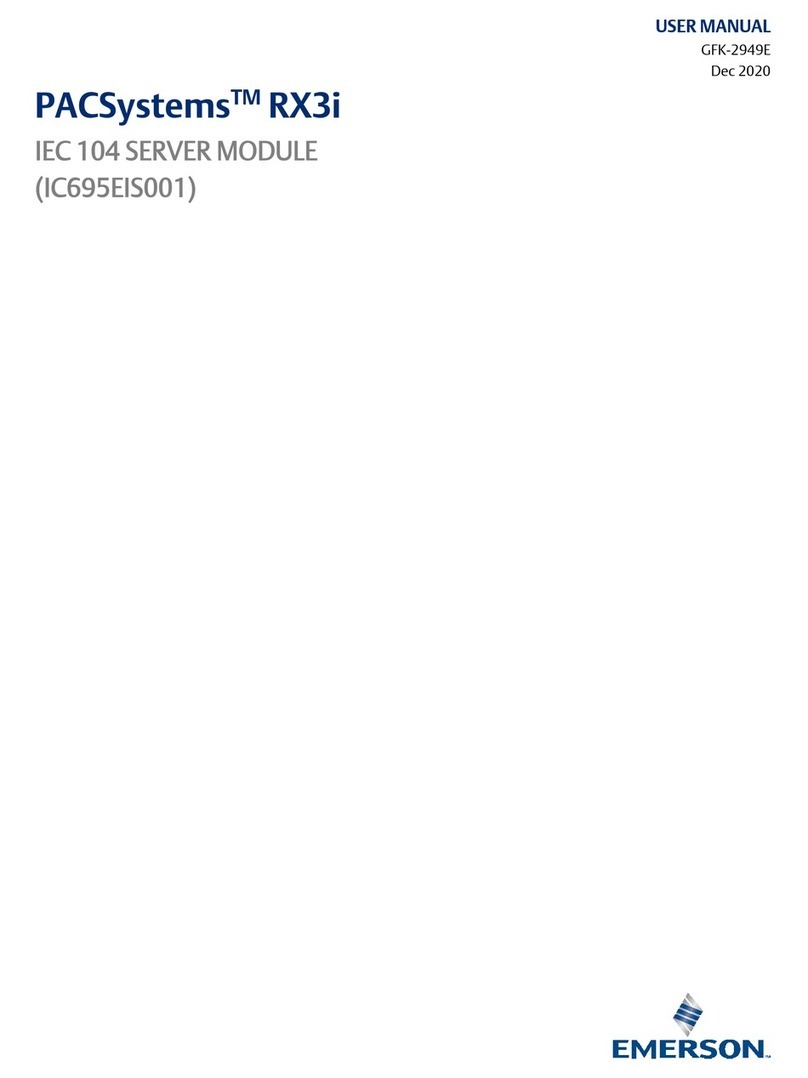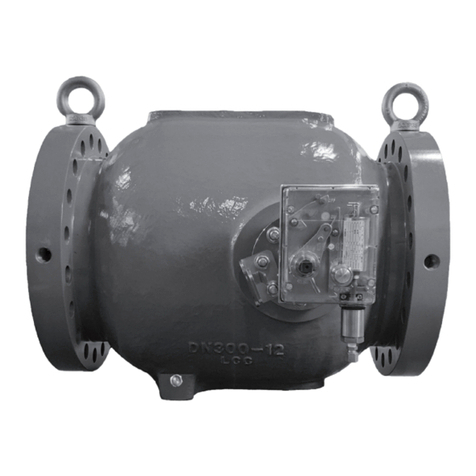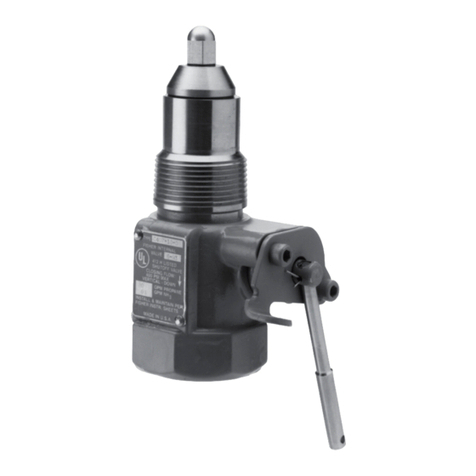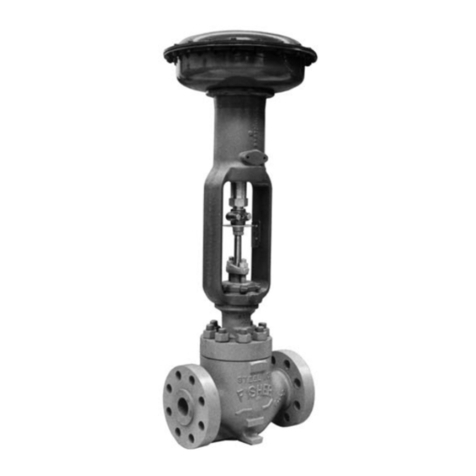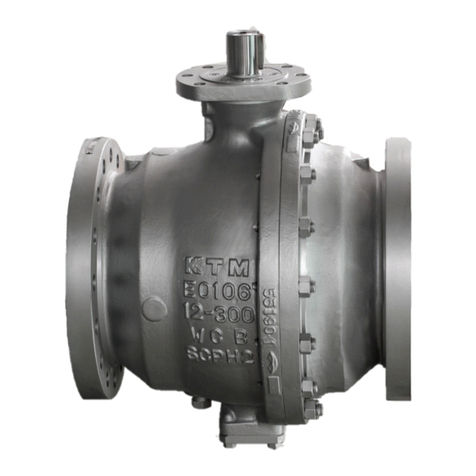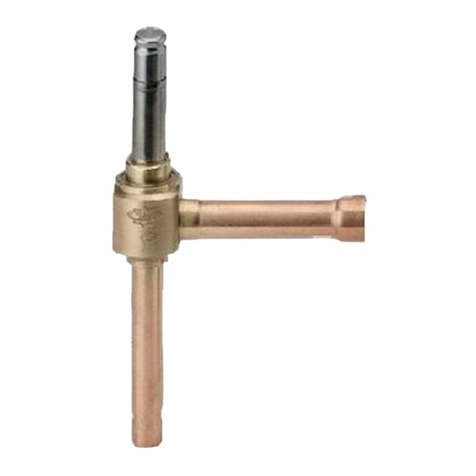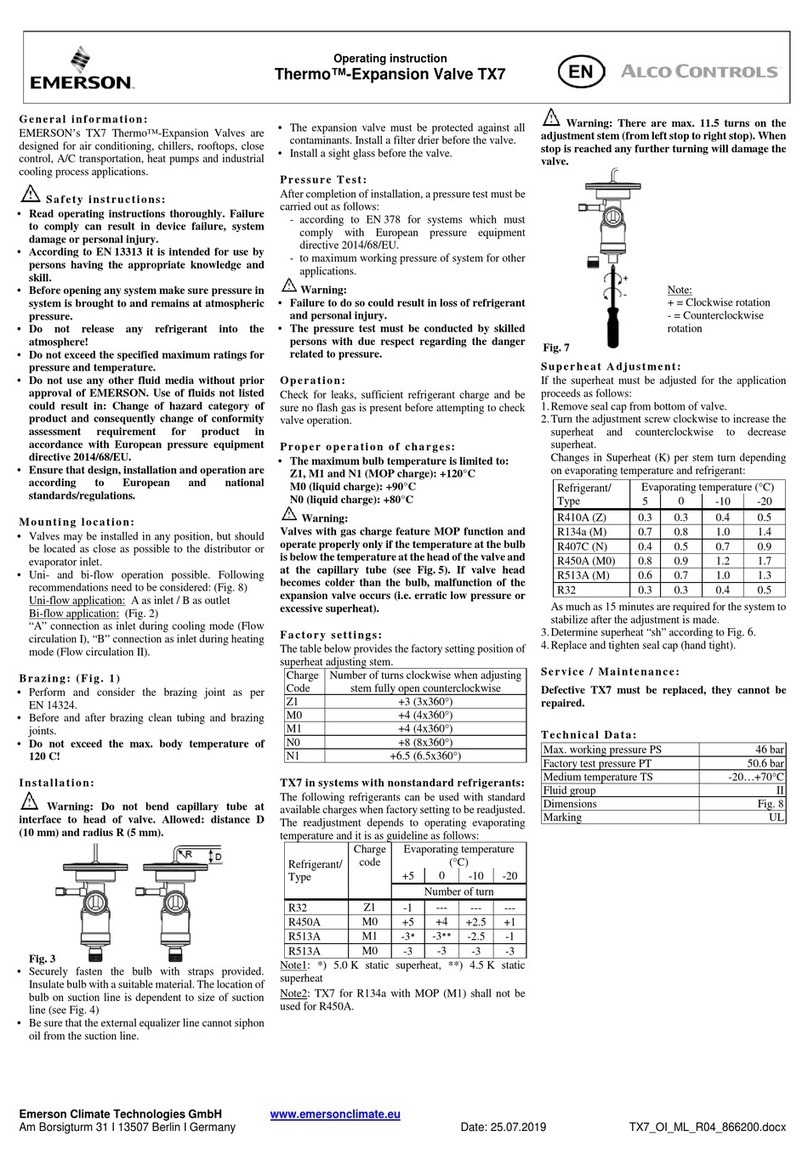WARNING
Only qualied personnel should install or
service a relief valve.
Relief valves should be installed, operated,
and maintained in accordance with interna-
tional and applicable codes and regulations.
Failure to take the relief valve out of service
immediately may create a hazardous
condition.
Personal injury, equipment damage, or
leakage due to escaping uid or bursting of
pressure-containing parts may result if this
relief valve is over-pressured or is installed
where service conditions could exceed the
limits given in the Specications section, or
where conditions exceed any ratings of the
adjacent piping or piping connections.
To avoid such injury or damage, provide
pressure-limiting devices (as required by the
appropriate code, regulation, or standard) to
prevent service conditions from exceeding
limits.
Additionally, physical damage to the relief
valve could result in personal injury and
property damage due to escaping uid.
To avoid such injury and damage, install the
relief valve in a safe location.
Before installation, check shall be done if
service conditions are consistent with use
limitations.
All means for draining must be provided in
the equipment installed before relief valves
(ENs 12186 & 12279).
If using a VS-FL/ series relief valve on
hazardous or ammable gas service,
personal injury and property damage could
occur due to re or explosion of vented gas
that may have accumulated.
To prevent such injury or damage, provide
piping or tubing to vent the gas to a safe,
well-ventilated area in accordance also
with international and applicable codes and
regulations.
In particular, when venting a hazardous gas,
the piping or tubing should be located far
enough away from any buildings or windows
so to not create a further hazard, and the
vent opening should be protected against
anything that could clog it.
If installing the relief valve at an outside loca-
tion, adequate protection, such as rain caps
or elbow piping, must be attached to the
outlet to keep the relief valve from getting
plugged or from collecting moisture, corro-
sive chemicals, or other foreign materials.
For outdoor installations, the relief valve
should be located away from vehicular trafc.
Further the ENs 12186 & 12279, where this product is used:
• provide the cathodic protection and electrical isolation to
avoid any corrosion and
• in accordance with clause 7.3/7.2 of aforesaid
standards, the gas shall be cleaned by proper lters/
separators/scrubbers to avoid any technical &
reasonable hazard of erosion or abrasion for pressure
containing parts
Pressure equipment in subject shall be installed in non-
seismic area and hasn’t to undergo re and thunderbolt action.
Clean out all pipelines before installation of the relief valve
and check to be sure it has not been damaged or has
collected foreign material during shipping.
For anged bodies, use suitable line gaskets and approved pip-
ing and bolting practices. Install the relief valve in any position
desired, unless otherwise specied, but be sure ow through
the body is in the direction indicated by the arrow on the body.
Installation must to be done avoiding anomalous stresses on
the body and using suitable joint means (bolts, anges, …)
according equipment dimensions and service conditions.
Note: It is important that the relief valve and relief valve be
installed so that the pilots vent holes are unobstructed at all
times.
For outdoor installations, the relief valve should be located
away from vehicular trafc and positioned so that water, ice,
and other foreign materials cannot enter through the valve pilot.
Avoid placing the equipment beneath eaves or downspouts,
and be sure it is above the probable snow level.
START-UP
The relief valve’s pilot is factory set at approximately the
midpoint of the spring range or at the pressure requested,
so an initial adjustment may be required to give the desired
results.
With proper installation completed and relief valves properly
adjusted, slowly open the upstream and downstream line
valves.
